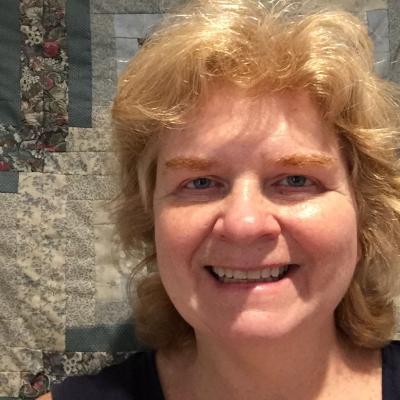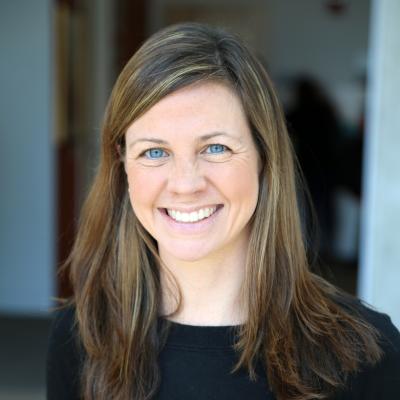PRESS RELEASE—The November Special Issue of Health Affairs includes a number of studies looking at how social services and community support programs can improve the health of local residents. Researchers from diversitydatakids.org and the Kirwan Institute published an article titled “The Child Opportunity Index: Improving Collaboration Between Community Development and Public Health” finding that minority children are more likely to live in neighborhoods that are less conducive to healthy development. Dolores Acevedo-Garcia of Brandeis University and coauthors developed a surveillance system, coined the “Child Opportunity Index,” to gauge neighborhood-based opportunities conducive to healthy development. Researchers scored neighborhoods using nineteen indicators—ranging from the presence of quality early-childhood education, to poverty, to proximity to parks and healthy food. They found that, across the one hundred largest metropolitan areas, 40 percent of black children and 32 percent of Hispanic children reside in the lowest opportunity neighborhoods within their metropolitan areas, compared with 9 percent of white children and 12 percent of Asian and Pacific Islander children. Black and Hispanic children are even more concentrated in very low–opportunity neighborhoods in areas with higher levels of racial segregation. The authors say that the index could inform collaborations between the health care sector and community development programs that seek improved child health equity. Index maps for the one hundred metropolitan areas are available at diversitydatakids.org.
Many articles from this special issue, including “The Child Opportunity Index: Improving Collaboration Between Community Development And Public Health,” will be discussed at a November 5 briefing at the National Press Club. This issue of Health Affairs is supported by The Kresge Foundation, the Robert Wood Johnson Foundation, and the Annie E. Casey Foundation.
ABSTRACT—Improving neighborhood environments for children through community development and other interventions may help improve children’s health and reduce inequities in health. A first step is to develop a population-level surveillance system of children’s neighborhood environments. This article presents the newly developed Child Opportunity Index for the 100 largest US metropolitan areas. The index examines the extent of racial/ethnic inequity in the distribution of children across levels of neighborhood opportunity. We found that high concentrations of black and Hispanic children in the lowest-opportunity neighborhoods are pervasive across US metropolitan areas. We also found that 40 percent of black and 32 percent of Hispanic children live in very low-opportunity neighborhoods within their metropolitan area, compared to 9 percent of white children. This inequity is greater in some metropolitan areas, especially those with high levels of residential segregation. The Child Opportunity Index provides perspectives on child opportunity at the neighborhood and regional levels and can inform place-based community development interventions and non-place-based interventions that address inequities across a region. The index can also be used to meet new community data reporting requirements under the Affordable Care Act.






